#leccinum
Text

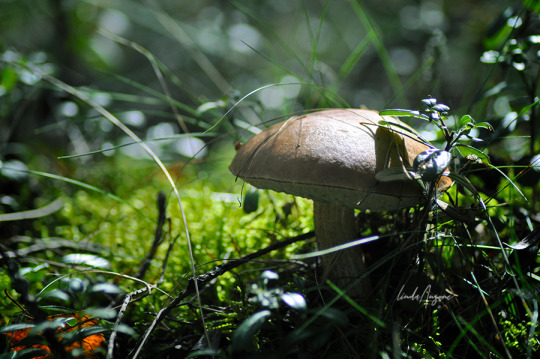

Amanita sp. and Leccinum sp.
#mushrooms#fungi#moss#mycology#mushroom photography#amanita#leccinum#forest floor#forestcore#naturecore#nature photography#original photographers#photographers on tumblr
230 notes
·
View notes
Photo

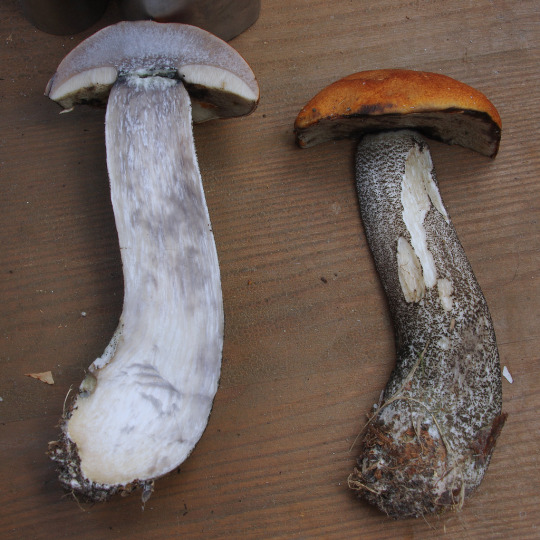

Leccinum versipelle - orange birch bolettes. Love the strange marbling that develops in the white flesh when it is sliced open.
93 notes
·
View notes
Text
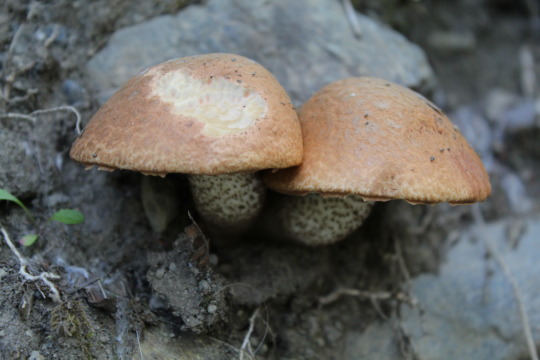
birch boletes
20 notes
·
View notes
Text
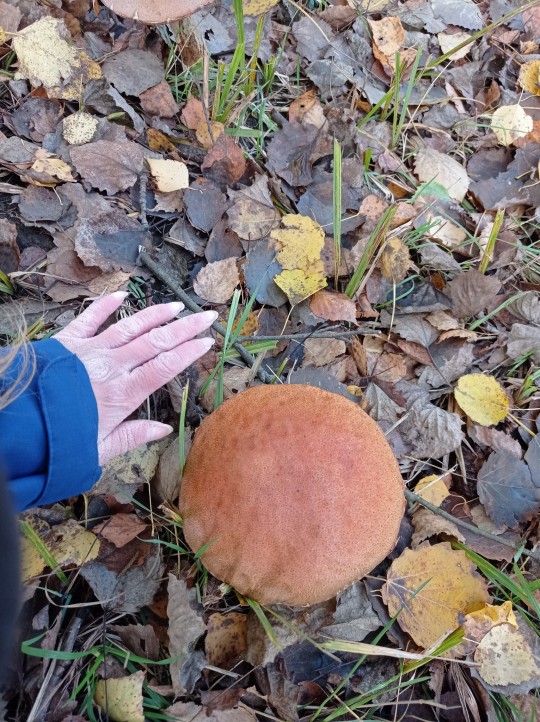


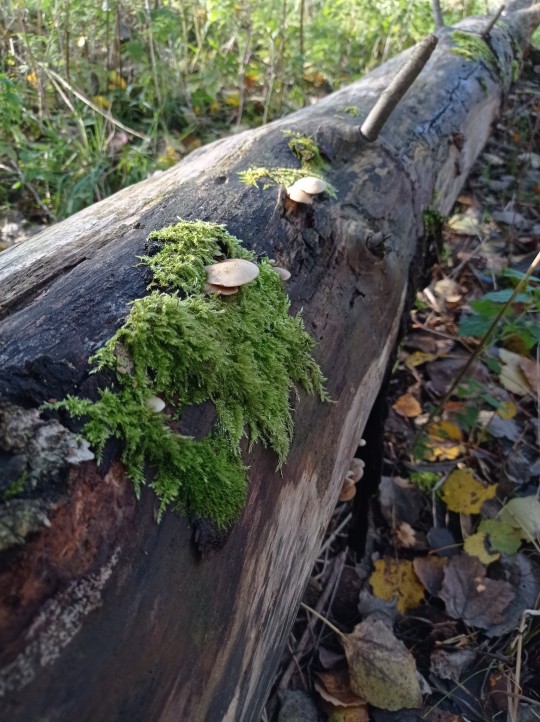




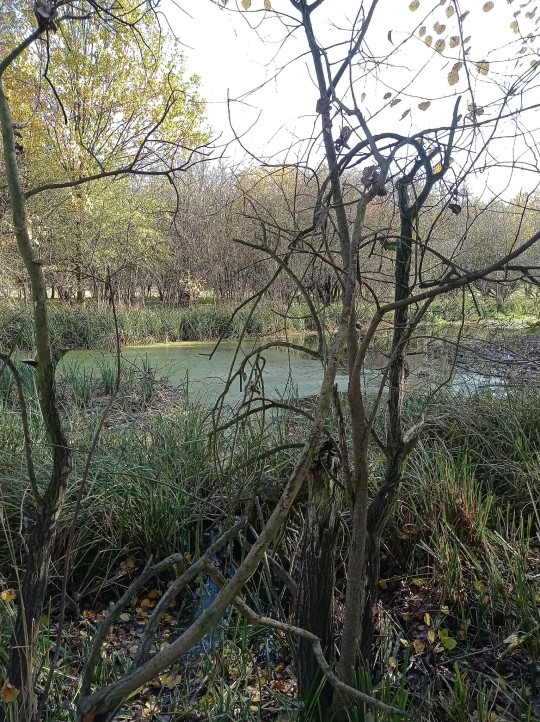
2 notes
·
View notes
Photo

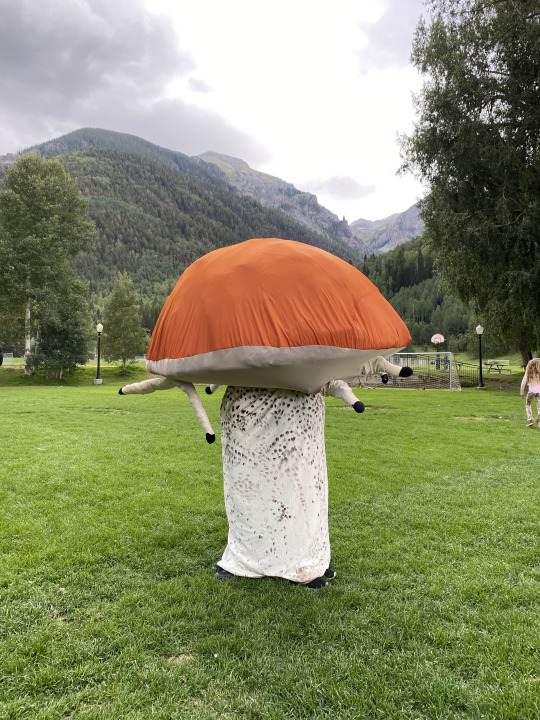

2022 Telluride Mushroom Festival Costume Contest “Best Of Show” - Maggot Infested Aspen Bolete - with Jessica Langley and Riitta Ikonen
4 notes
·
View notes
Text

Chodes, anyone?
4 notes
·
View notes
Text
Le bolet orangé [Leccinium aurantiacum]
🍄 Découvrez le bolet orangé, sa description précise, où et quand le chercher, les plantes bio-indicatrices et les confusions possibles.
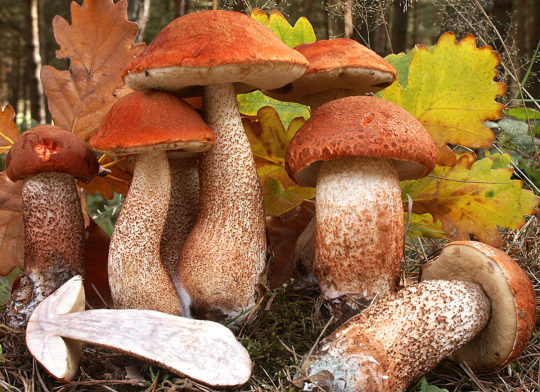
View On WordPress
0 notes
Text

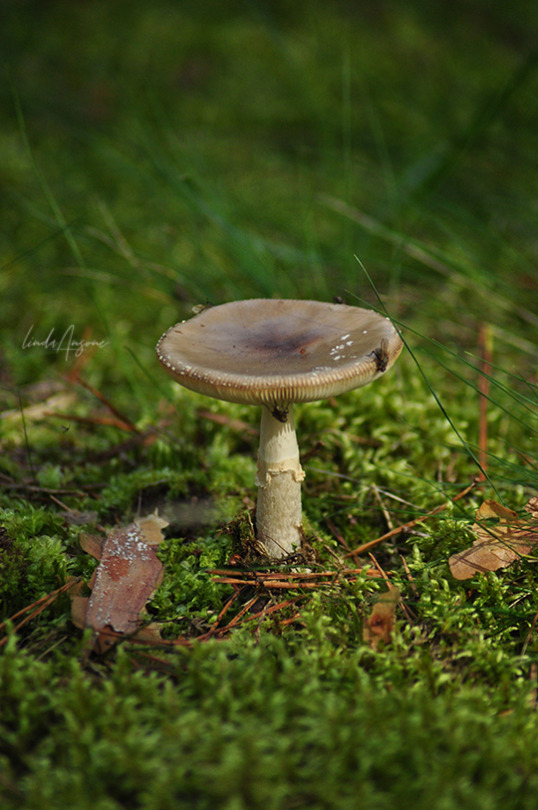


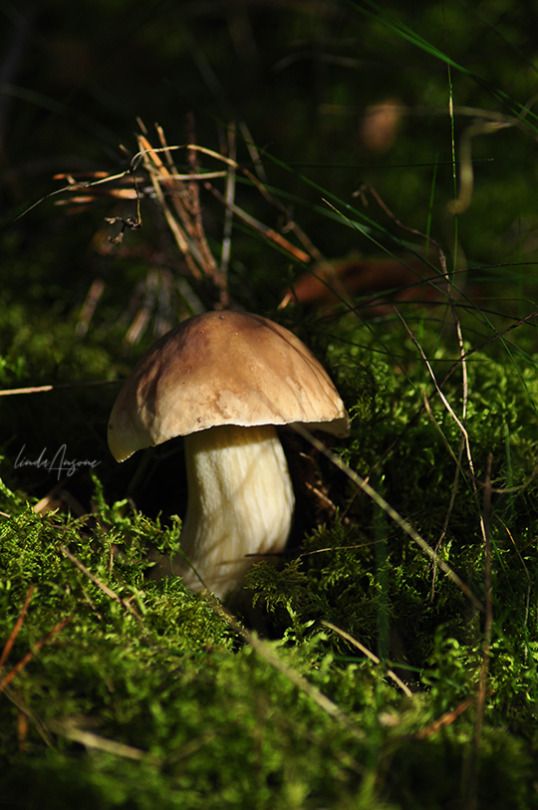

#woods#forest#forestcore#forest floor#fungi#mushrooms#mycology#moss#amanita excelsa#leccinum#boletus edulis#penny bun#polypore#original photographers#photographers on tumblr#naturecore#green#nature photography#latvia#woodland#photography#1k
1K notes
·
View notes
Text

#nature#nature core#nature photography#nature photos#naturecore#original photo blog#north#woods#leccinum scabrum#scaber stalk#birch bolete
1 note
·
View note
Text

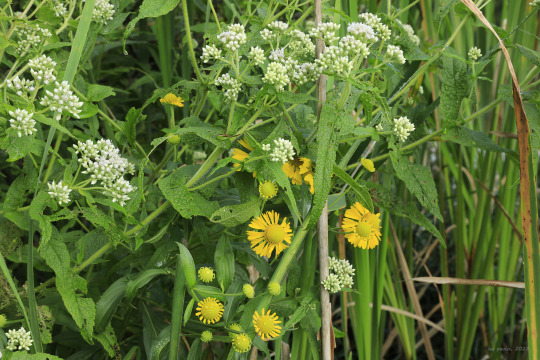




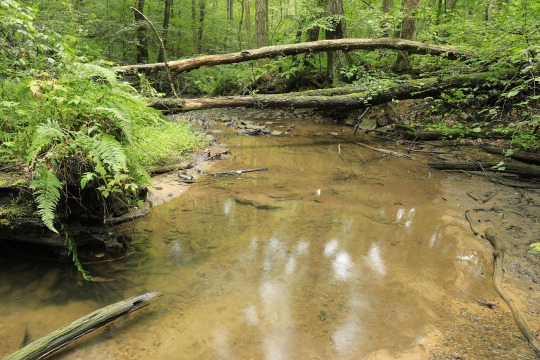


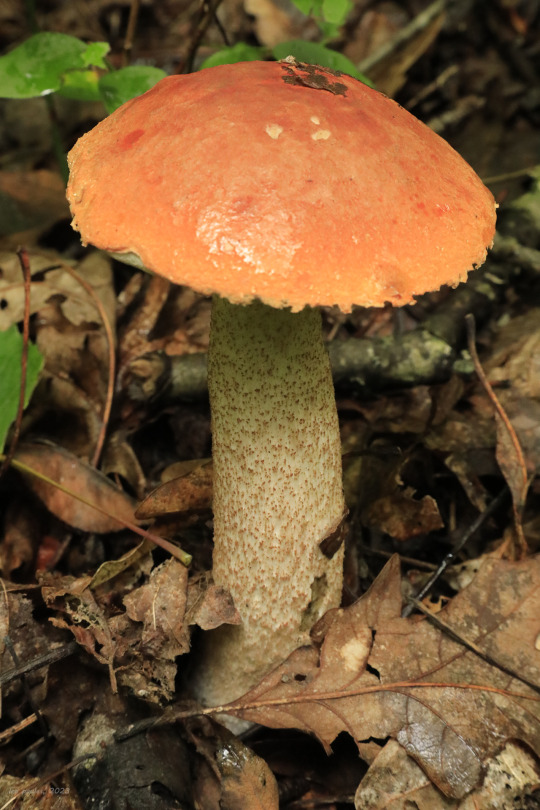
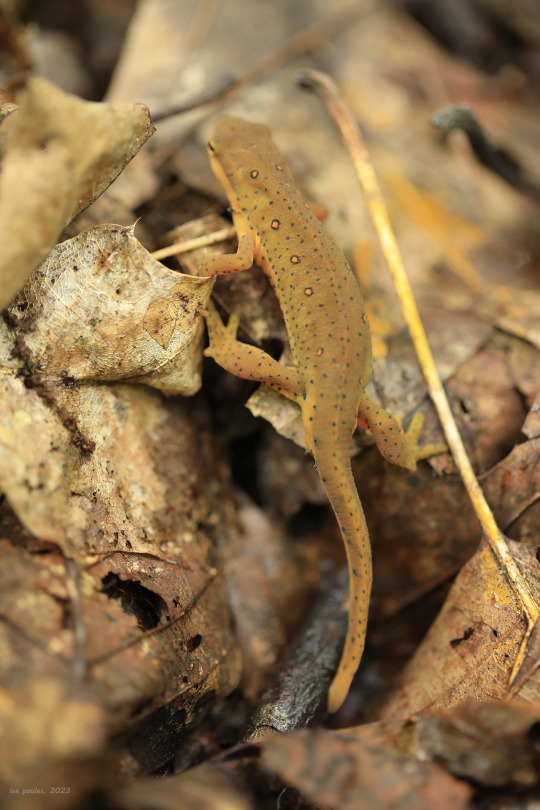


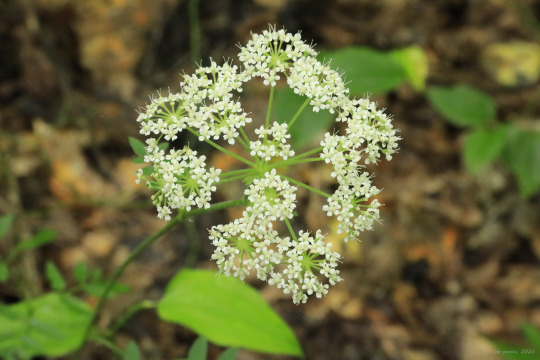


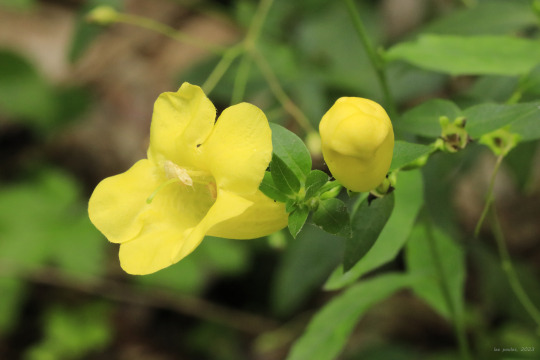

The one thing that excites me more than a pop-up summer thunderstorm is a walk in a damp, dripping, glowing-green forest after the storm has passed. The forest's living essence is made all the more real and immediate by the intoxicating perfume of decaying things, creatures flitting like ghosts through the leaves and underbrush, and clinging raindrops unleashed from the treetops by an evanescent breeze. Photos above are from a hike this morning on Glade Run Trail in Coopers Rock State Forest.
From top: common boneset (Eupatorium perfoliatum), which is closely related to Joe Pye weed, and sneezeweed (Helenium autumnale); the deep purple-red berries of common elderberry (Sambucus canadensis); hollow Joe Pye weed (Eupatorium fistulosum), which can attain a height of 7 to 8 feet; eastern tiger swallowtail (Papilio glaucus), whose tattered wings show the wear and tear of summer errands; a colony of gregarious fungi, perhaps cross-veined troop mushroom (Xeromphalina kauffmanii), which grow in huge numbers on decaying hardwoods; a red-capped bolete, perhaps Leccinum longicurvipes, which is symbiont with oak trees; an eastern newt (Notophthalmus viridescens); white wood aster (Eurybia divaricata); bigleaf aster (Eurybia macrophylla); cowbane (Oxypolis rigidior), also known as common water dropwort; bluestem goldenrod (Solidago caesia), a woodland goldenrod with flowerheads in the leaf axils; and Appalachian oak-leach (Aureolaria laevigata), also known as smooth false foxglove, which is semi-parasitic on oak tree roots.
#appalachia#vandalia#west virginia#wildflowers#flora#summer#coopers rock state forest#glade run trail#common boneset#sneezeweed#common elderberry#hollow joe pye weed#eastern tiger swallowtail#butterfly#lepidoptera#eastern newt#amphibian#fungi#bolete#white wood aster#bigleaf aster#cowbane#common water dropwort#bluestem goldenrod#blue-stemmed goldenrod#wreath goldenrod#appalachian oak-leach#smooth false foxglove
137 notes
·
View notes
Text

Leccinum aurantiacum by Kamil w
9 notes
·
View notes
Text
I Will Not Be An Old, Bold Mushroom Hunter: On Questionably Edible Mushroom Species
Originally posted at my blog at https://rebeccalexa.com/old-bold-mushroom-hunter/
There’s a saying that “there are old mushrooms hunters, and there are bold mushroom hunters, but there are no old, bold mushroom hunters.” That’s a bit hyperbolic; there are elder foragers who have done enough foraging to feel comfortable take chances. But let’s make something clear: I myself am not a bold mushroom hunter. Experienced, yes. But I’m cautious, and I doubt I will eventually go into my twilight years as an old, bold mushroom hunter. I was recently reminded of why that is.
Last week I was out in my favorite chanterelle spot here on the Washington coast, helping myself to a beautiful flush of Pacific golden chanterelles (Cantharellus formosus). These bright yellow mushrooms are one of my favorites, and were one of the first I foraged when I moved out here several years ago. As I walked down the trail, I saw a couple of bolete-ish mushrooms popping out of the soil, and decided to take a closer look.
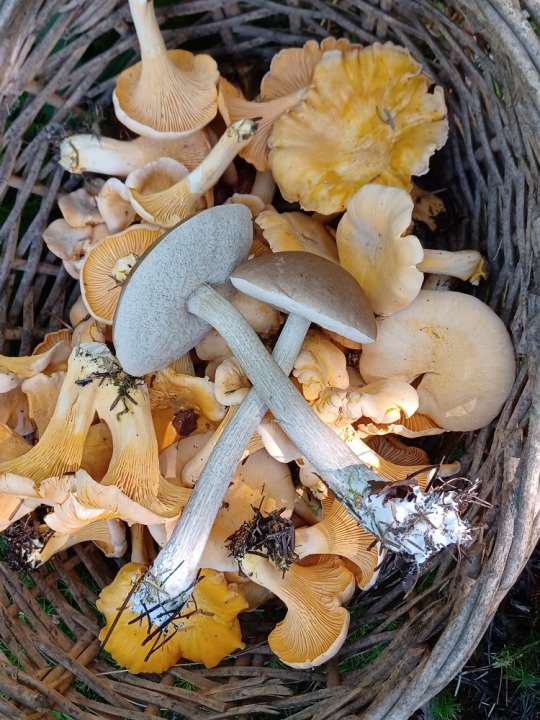
The rough, scaly texture on the stipes told me these were likely Leccinum spp. iNaturalist tried identifying them as brown birch boletes (L. scabrum), though I was skeptical given that we don’t have birch trees here, and I hadn’t heard of that species having alternate mycorrhizal partners like red alder (Alnus rubra). However, a couple of others were found in the area and were verified enough to become research grade. The ones I found were visually identical to L. scabrum, so it’s very possible that that this species may actually also partner with A. rubra, the closest analog to birch species here as they are all in the family Betulaceae. At the moment, my iNaturalist observation just has it as Leccinum spp., just to be safe. (This, incidentally, is why it’s a good idea to NOT use identification apps as your only identification tool, and always refer to other sources like books and websites, and other foragers if you have the chance.)
Going on the assumption that I had, in fact, found brown birch boletes, I decided to research edibility. Field guides have historically listed these as safe to eat, to include David Arora’s classic All That the Rain Promises and More: A Hip Pocket Guide to Western Mushrooms. However, that book came out in 1991, over thirty years ago, and while a lot of the information is still solid, it’s important to look up more recent resources.
For example, this 2009 blog post discusses how Leccinum species, to include L. scabrum, have been implicated in several significant cases of gastrointestinal distress, with at least one person experiencing internal bleeding in the brain. The guest author of that post elaborated at much greater length in this 2011 article that describes multiple suspected Leccinum poisonings, and that “Recall that 3.5% of the poisonings reported to NAMA [North American Mycological Association] involve Leccinum.”
On the other hand, the Forager Chef blog states in this post that dehydrating Leccinum spp. before consumption can neutralize the toxins. The author’s one and only bad experience with Leccinum was due to undercooking the mushrooms (and, in fact, you need to cook your wild mushrooms thoroughly anyway as there are very few that are safe to consume raw.)

In the end, I decided to err on the side of caution and compost the two Leccinum I had found. It wasn’t worth the risk in my mind, and I had an entire pile of chanterelles to enjoy. And that’s basically my approach to questionable mushrooms in general, even if there are still a lot of people saying “Oh, they’re fine!”
See, Leccinum isn’t the only subject of debate. I’ve also heard some people say that some false morel (Gyromitra) species are okay to eat if you cook them thoroughly (the Forager Chef once again has a wealth of information for those adventurous enough to try.) There’s also sometimes confusion between Gyromitra species, and Verpa species, the latter of which are reportedly edible if cooked properly. The two genera do look similar to the casual observer, which could be part of the reason for the mistaken identity.
And then there’s fly agaric (Amanita muscaria). Notoriously hallucinogenic (with a side helping of vomiting) this species is purportedly edible in a culinary sense after thorough parboiling in which the water is thrown out and refreshed with each stage of boiling. Drying doesn’t necessarily neutralize the toxins within, as this rather extreme case from 2021 shows. However, the bulk of sources, at least in the United States, place this mushroom firmly in the “poisonous” category, even if it isn’t as lethal as other Amanita species like A. phalloides or A. ocreata.

I’m still of the mind that if there’s any debate whatsoever over the edibility of a particular mushroom, I’m just going to skip it and patiently wait for safer options. After all, I find Boletus edulis in the same places I find Amanita muscaria, and if I don’t want to try the Verpas I can just wait for the Morchella morels to appear a few weeks later. Yes, I recognize that people in other parts of the world have been eating these mushrooms for centuries, reportedly with no ill effect (or none that’s been reported here.) Yes, I am well aware that there are foragers here who have prepared these controversial species and eaten them without a trip to the hospital or even a night spent at the porcelain throne.
But I don’t have to eat every potentially edible mushroom I find in order to be a competent mushroom hunter. I am experienced enough to be able to go out and identify mushrooms I find in the field, confirm the identifications at home, research their edibility, and then figure out whether I feel comfortable eating them or not. And I’m able to teach people the basic skills and tools they need to feel confident in starting their own foraging adventures. Part of why I wrote out the first section of this post about my Leccinum find was to give readers some idea of the process I went through when personally deciding whether it was worth the risk to try these new-to-me mushrooms.
All this does raise the usual warnings about mushroom hunting in general, whether you want to try for being an old, bold mushroom hunter or not: first and foremost, always be 100% sure you know what you have and that it is edible before you consume it. Always cook your wild mushrooms thoroughly; a little overcooked is better than a little undercooked. Finally, if you’re trying a given species of mushroom for the first time, always try a small amount (a few bites at most) and then wait a couple of days to make sure that you don’t have any adverse reactions. Keep at least one specimen of the mushroom raw and as you found it in nature in your fridge, so that if you do end up needing medical attention you can take it with you and the medical professionals can use it to more quickly ascertain just what it is that you ate.
Did you enjoy this post? Consider taking one of my online foraging and natural history classes, checking out my other articles, or picking up a paperback or ebook I’ve written! You can even buy me a coffee here!
#long post#mushrooms#mushroom hunting#foraging#forager#outdoors#fungi#fungus#nature#biology#poison#mycology#mushroomcore#naturecore#boletes#Amanita muscaria#fly agaric#wild foods#wild food
207 notes
·
View notes
Text






Boletes - not sure whether it's bicolor bolete or a species of Xerocomus. They stained blue on contact. The first and last one looks like Leccinum rugosiceps
This summer has been strangely awful in terms of mushrooms; we had periods of rain and it wasn't as arid as last year. And yet the typical mushrooms of summer have been virtually nonexistent. There's this guy on IG who I think lives in the French Alps and often posts entire fields of boletes or chanterelles as big as your head, and I always click "like" but my eye is twitching a little and inside I'm writhing with unbecoming, hateful envy. Being a mycophile in the filthier part of New Jersey is hard.
But anyway, last weekend I decided to check out an old haunt in NY state, a place where I used to do a clinical rotation. A cemetery, to be exact (that's where I used to find the mushrooms, I mean; I didn't do my clinical rotation in the cemetery).
Apparently driving a little over 30 minutes and crossing an invisible state line was what did the trick. The place was absolutely teeming with boletes and Amanitas. Not as plentiful as French Alps Guy's bounty, but impressive for the likes of me. Which begs the question, what the fuck is going on with New Jersey? I mean, besides the obvious things
#mycology#fungi#mushrooms#nature photography#dirtcore#goblincore#forestcore#foraging#forest floor#nature#the fungus among us
24 notes
·
View notes
Text

Brown Birch Bolete [Leccinum scabrum]
7 notes
·
View notes
Text

Leccinum manzanitae
12 notes
·
View notes